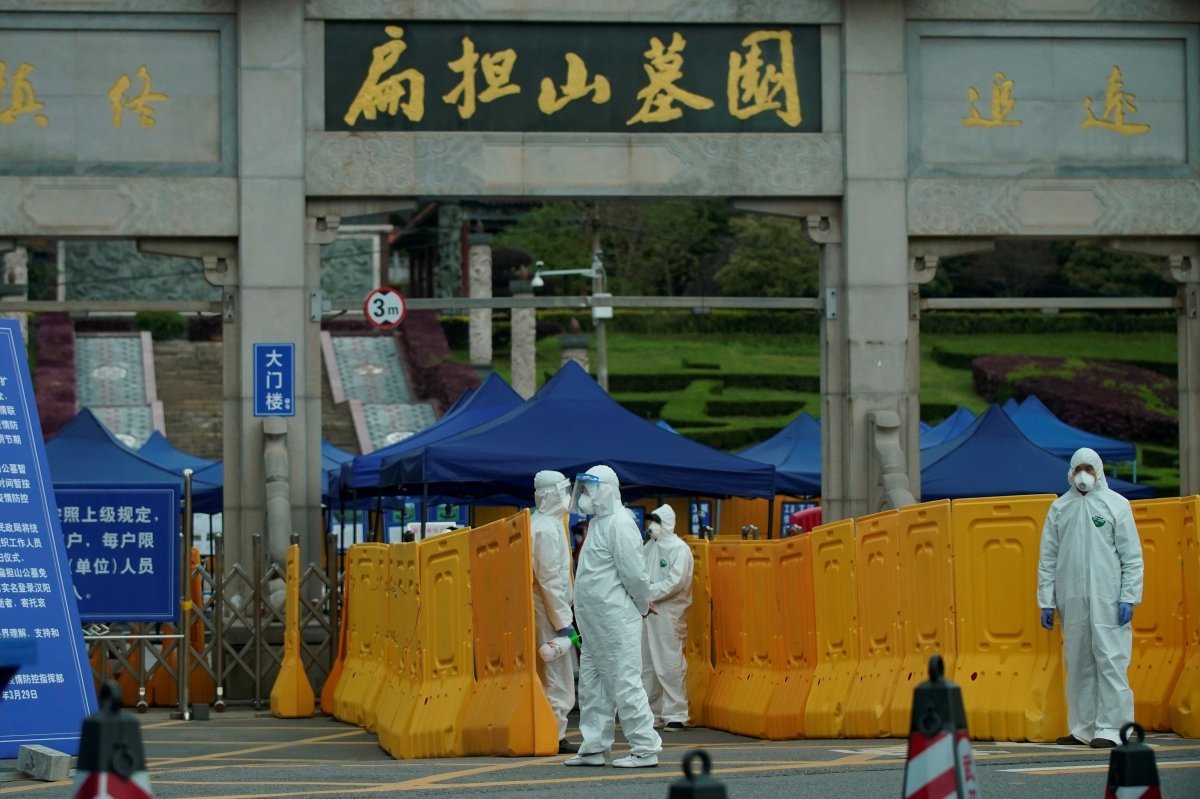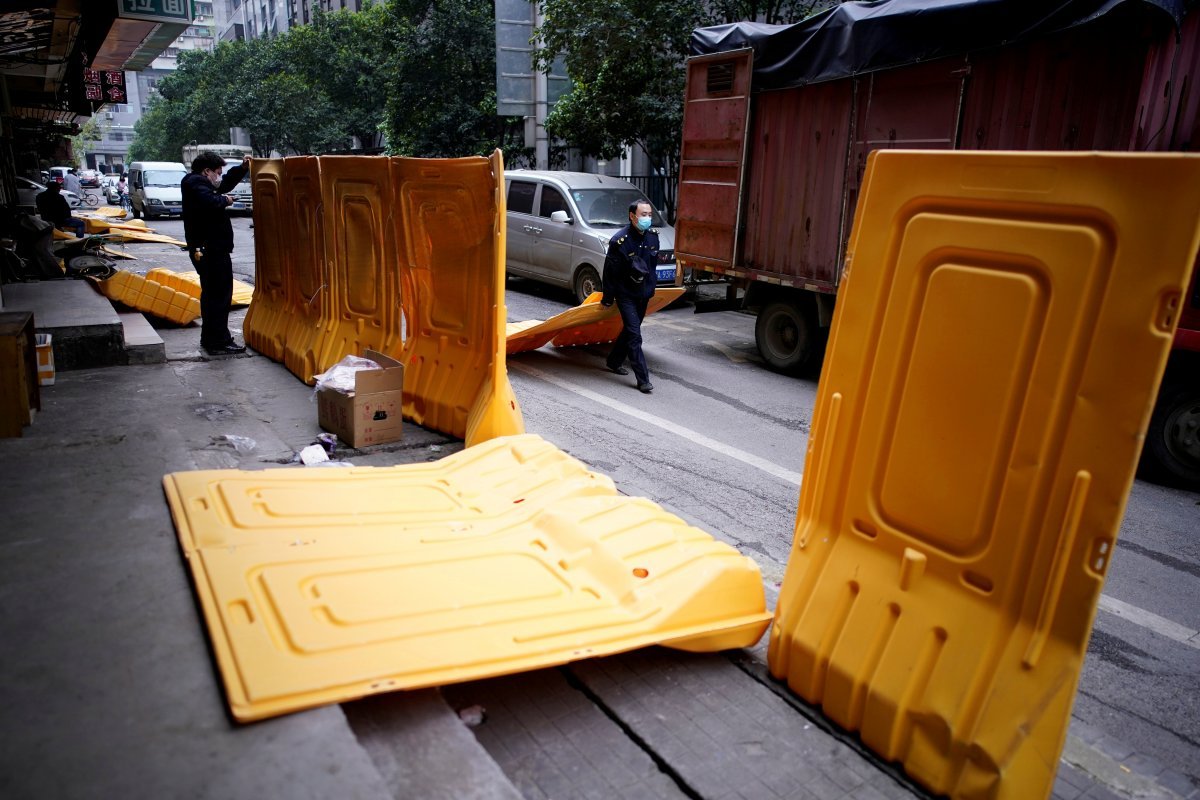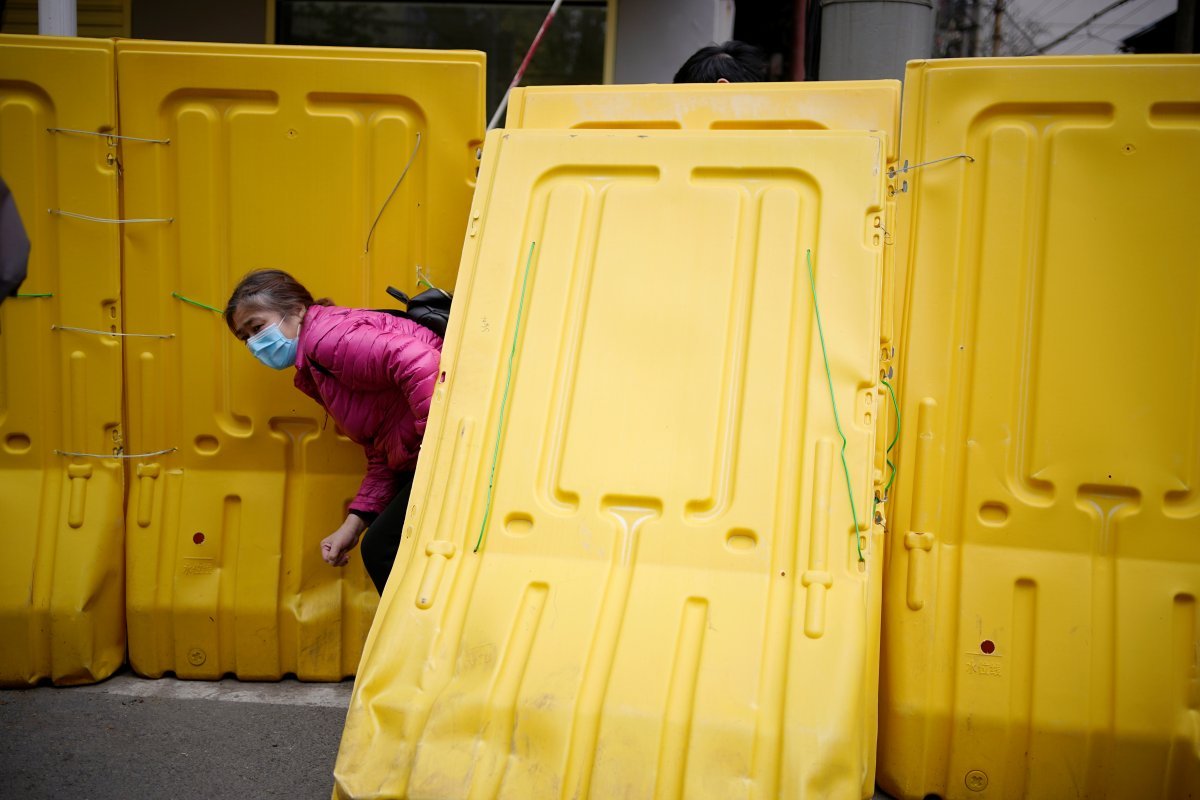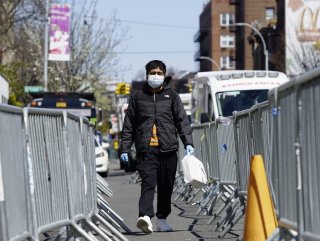
The central Chinese city of Wuhan began allowing people to leave on Wednesday for the first time since it was locked down 76 days ago to contain the novel coronavirus, despite fears of a second wave of infection if such restrictions are eased too soon.
China sealed off the city of 11 million people on Jan. 23 after it became clear that the flu-like virus that had emerged there late last year was highly contagious and potentially deadly.
“WELCOME BACK WUHAN”
The first train to carry departing passengers out of the city left at 00:50 a.m. (1650 GMT), and outbound highways were opened to vehicular traffic around the same time.

The topic “Wuhan lifts lockdown” quickly became the top trending topic on China’s Twitter-like Weibo platform, with posters leaving comments such as “welcome back Wuhan”.

That is slightly more than the number of people who have caught the virus in Wuhan since December. The death toll in the city has reached 2,571, about 80% of the total fatalities in China, according to official figures.

At its peak, the lockdown saw people forcibly confined to their homes and the transport and industrial hub resembled a ghost town, with streets deserted except for police patrols and emergency vehicles. But such restrictions have eased in recent days as new infections dropped to a trickle.

Authorities are walking a fine line between allowing greater freedom of movement and economic activity while also guarding against a second wave of infection, with particular concern around imported cases and people who show no symptoms but can still pass on the virus.
Wuhan residents are still urged not to leave their neighbourhoods, the city and even the province unless necessary, health officials said on Tuesday.

Many people remain fearful of catching the disease, with China reporting 137 new asymptomatic cases on April 7. Tall barriers continue to surround housing compounds in Wuhan and residents can only leave if they have a green health code or documents showing a valid reason.













